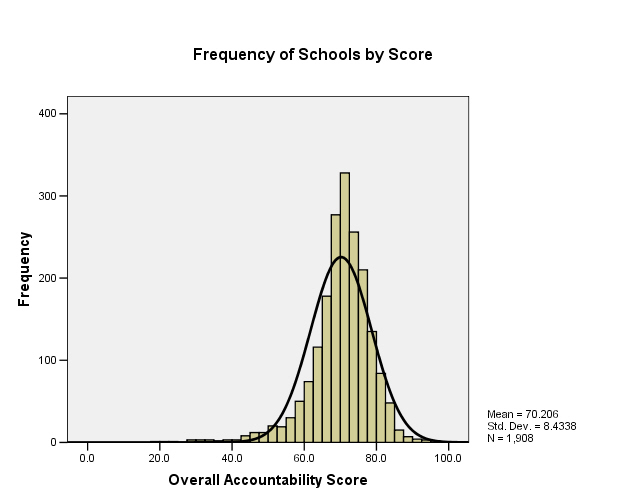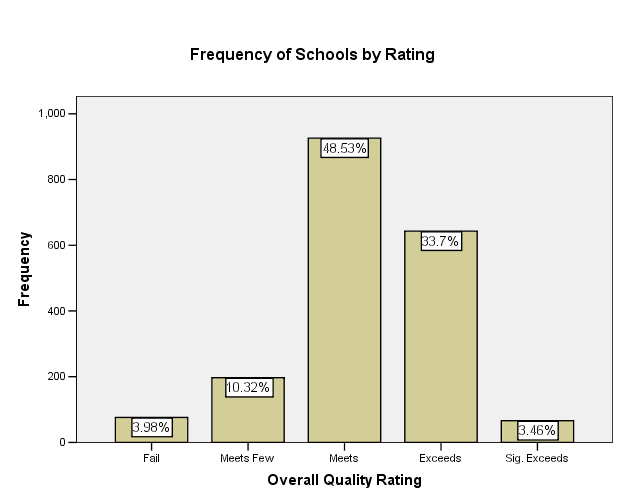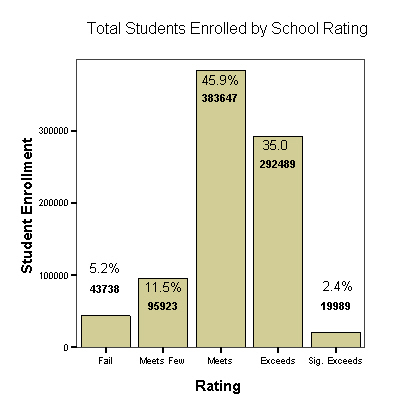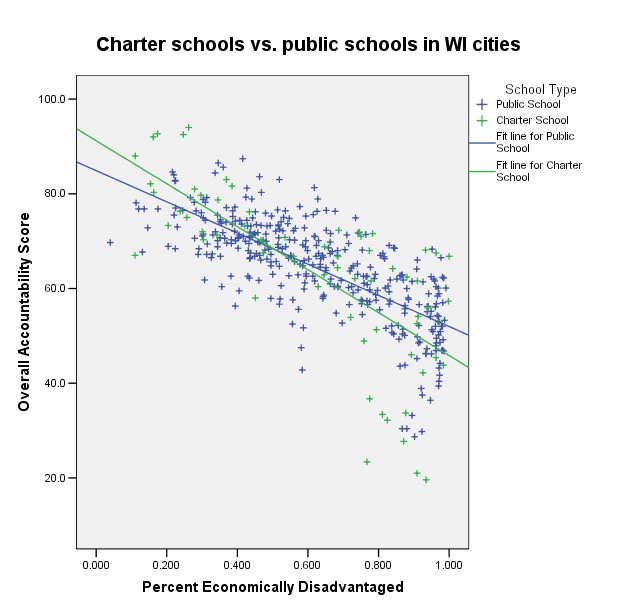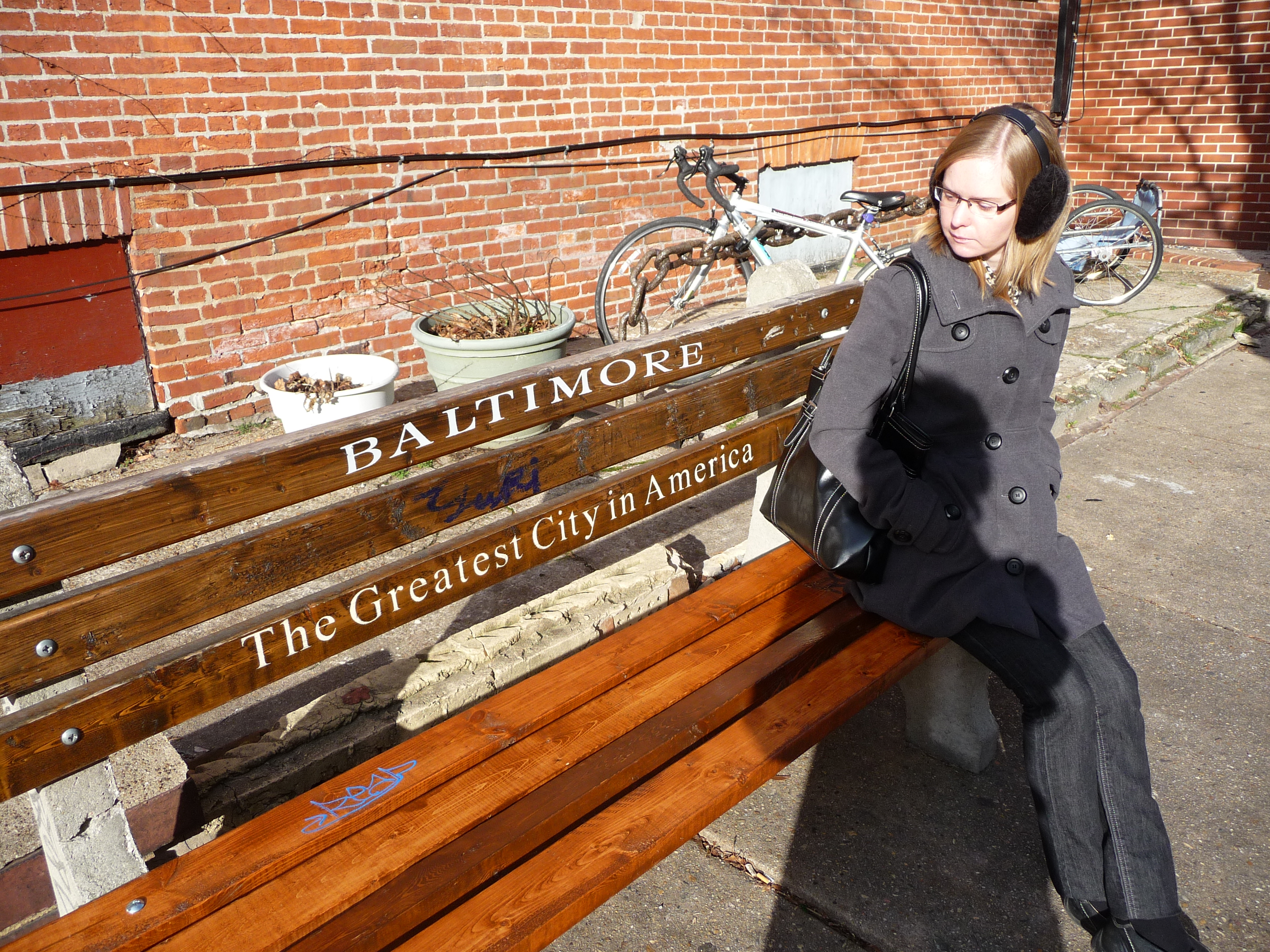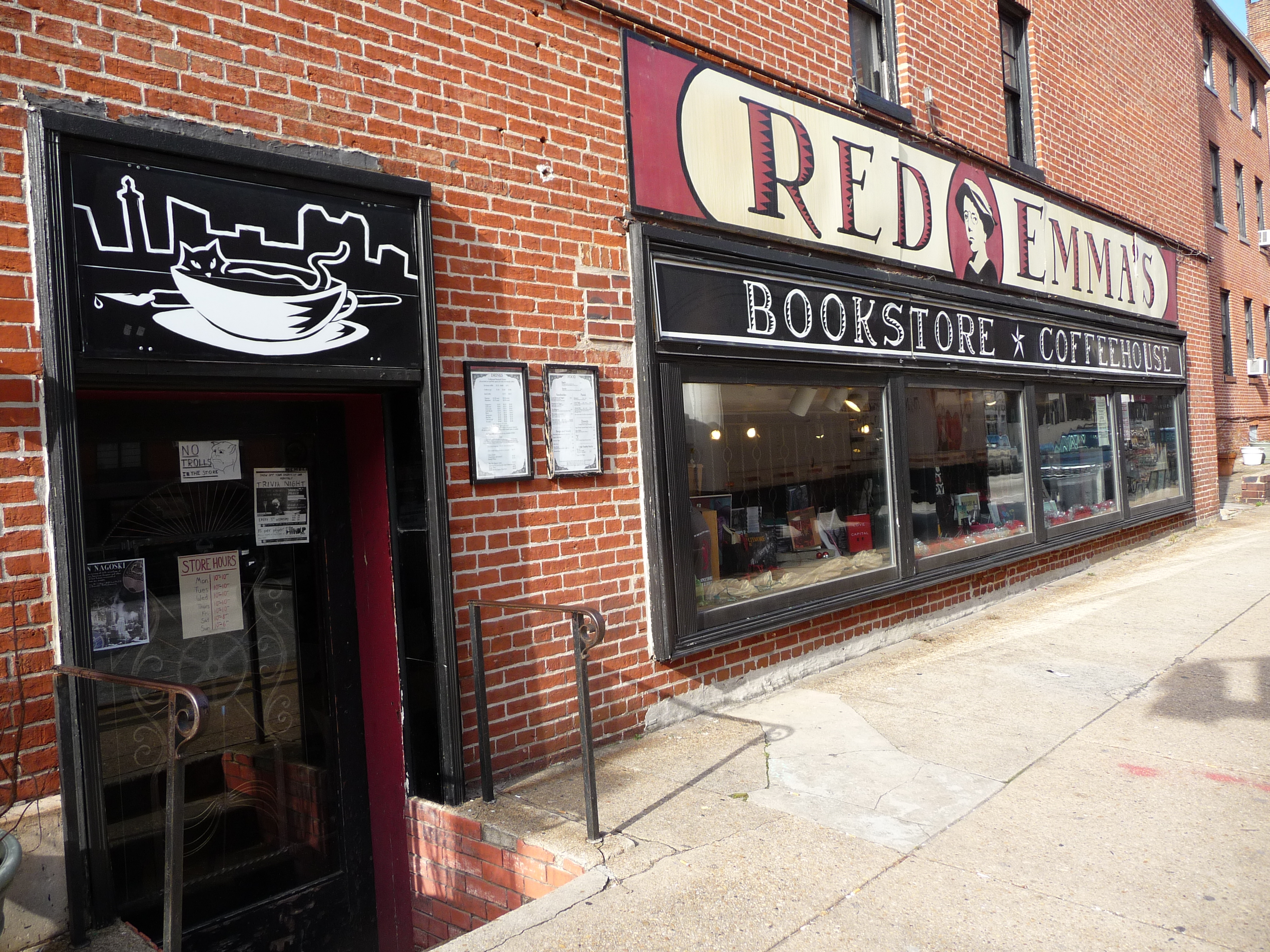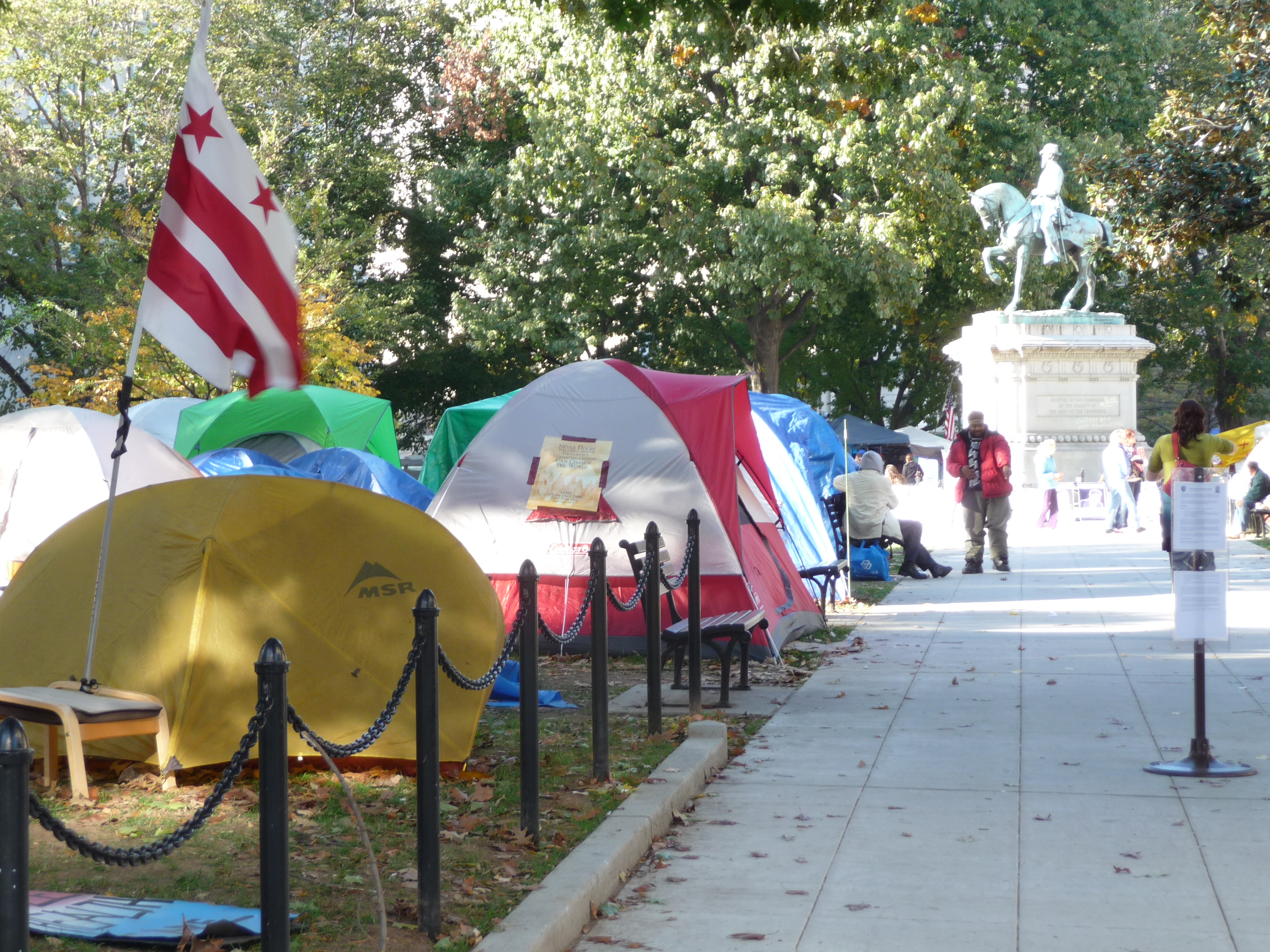I’m going to make a bold prediction. Hillary Clinton will win the presidential election. I think we should move beyond this fact. Clinton is very competent but no revolutionary. She might do quite well at protecting some of the gains the left made during the Obama administration, but few are expecting her to significantly push the envelope of the progressive agenda in her first term. What will Clinton be able to achieve by 2020? Probably not much. There is almost no chance that she will be able to achieve (or even make substantial steps toward achieving) some of the bolder goals that are part of the Democratic platform, especially a single-payer health system and free higher education. Of course, perhaps those on the left simply need to work hard and bide their time.
However, those who think of themselves as “progressives” should also wonder whether they even know what the “envelope” looks like. Is it represented best by the policy views of Bernie Sanders. For a very long time Americans on the left have, rather reflexively I think, attempted to make an America in the political image of Europe; there is a spoken and unspoken principle of leftist thinking that Europe is a model society, more civilized and decent. European public policy is in many ways the culmination of a post-war welfare-state program, in which the community is tasked with taking care of all.
Those on the left lament the fact that the construction of the welfare state was never as successful in America, even with its unmatched wealth. The standard story (I take it) is that America is too steeped in conflict and corporate domination to be a fertile ground for an extensive welfare state; or perhaps Europe’s cleansing in the fires of WW2 showed it the way to righteous politics. Though perhaps it has more to do with the relative homogeneity of European countries that allowed generous welfare benefits to remain popular. Americans have a long tradition of despising each other, but this is a relatively new phenomenon in European countries that have thrived on consensus politics. Europe’s current internal struggles with immigration reveals that there might be something to this.
In any case, the ideal of the European welfare state is not transformative in the way progressivism was in the early 20th century, when the sort of abject poverty and powerlessness that characterized the lives of the vast majority of humans for most of human history was all but eliminated in the United States. And in the 1960s the American cultural revolution and civil rights movement did to social relations what the early progressive movement did for physical subsistence, dramatically changing how people thought about themselves and each other.
What I find rather remarkable is how immediately comprehensible the thoughts of ‘60s artists, thinkers, and writers are to us, in ways that those from the ‘50s are not; there is a certain foreignness (for us) to American culture before this time. We don’t often think about how important it is that (many) 18 year-olds today still understand and fully appreciate Bob Dylan or The Beatles, when this music was recorded half a century ago. Even Trump’s veiled racism is little different than Goldwater Republicanism. Truly, our economic aspirations are a century old and cultural aspirations are a half century old. The gadgets of the 21st century nip at the margins of our lived experience, but they have not transformed it.
What goals would be transformative enough to be worthy of the name “progressive”? I’m not sure. But I have a few ideas, and will express some of them between now and the election. I’ll start with an idea that originates, in some ways, in the right’s vision of a radically transformed society: a society of radical personal liberty in a free market.
In many ways the political right possesses the sort of new transformative vision of society that the left lacks. The sort of vision inspired by Milton Friedman and (less cogently) Ayn Rand is one in which the coercive powers of the state have been all but eliminated, and in their place exists a system of free markets and voluntary associations. This is the libertarian ideal. It takes the very old ideas of anarchy and provides a demonstration for why social order can be maintained even absent any sort of significant coercive regime. Its power then – and it really was a powerful idea that transformed conservative political thinking in the 1980s – is in its ability to show how freedom can be made compatible with complex economies and societies.
The reaction of the left, I think, has been largely uninspiring; it is typically argued that this is an unrealistic vision, and that markets will always need substantial government regulation for them to operate efficiently and in the common interest. I think this is true, but rather boring. In particular, it doesn’t get to the heart of the issue of whether the vision offered by the right is one that should inspire us at all. Is there something wrong with the vision, or is it just something we aren’t able to attain? The problem with the latter answer is that it leaves us wondering whether we simply aren’t doing enough the attain the goal. Perhaps we just need to privatize more social programs!
I think there is something basically wrong with the vision of a society composed entirely of free markets and voluntary associations, but I also think this ideal gives us an insight into what might be a progressive ideal. It at least shows us a problem about which we must ponder. The libertarian ideal takes humans to be fully capable of deciding how to act in the market and what voluntary associations to make; in fact, some versions of this ideal take a person’s preferences and values to be identified with the structure of her choices. According to that formulation, there is really no way in which a person can choose poorly in life. If a person chooses to smoke cigarettes, shoot-up heroin, or get serial pay-day loans then she is just “revealing” her preferences for those goods.
The progressive reaction to this ideal brings out an important foundation of progressive politics, and one that stands in tension with the existence of a free society. I think it can be represented by several claims:
- There are better and worse ways of living.
- At least some of the time, we are incapable of independently making good life choices (leading to a good life). And a substantial number of us are incapable of doing this most of the time.
- We have obligations to care for others.
- A necessary feature of a good life is the liberty to choose how to live one’s own life (personal autonomy).
Most libertarians would deny that the first three conditions are true, and even those who do not deny their truth think that society instantiating the first two conditions (and perhaps 3 as well) is not compatible with one that instantiates the last. In short, they think that any society respecting personal autonomy must ignore (1)-(3) when determining how to design its political institutions. I don’t think the above list would surprise most progressives, but its has important implications for the possible shape of society when put into the context of the 21st century.
The modern welfare state already presumes that (1) is true to some degree; the life of a starving person is worse than that of someone with enough food to eat, and this is why we spend money assuring that everyone has enough food to eat. However, this aspect of the welfare state might be supported by Libertarians as well as those on the left – the provision of cash payments (or vouchers) to the poor is a mainstay of right-wing welfare policy. However, many on the left also promote paternalistic policies, which promote certain ways of living and not just economic goods (like food and housing) that any way of life requires. Paternalism is especially obvious in policies that promote health care and safety; providing incentives for people to get yearly checkups, talk to their doctors about their weight or blood pressure, or wear seatbelts are all perfect examples of paternalistic policies supported by the left and (often) criticized by the right.
And here is where things become more radical, and where serious thought is necessary. Many of the social problems that we see today are due to how people choose (or are forced) to live, rather than their lack of basic necessities. And more importantly, some of the social problems on the horizon cannot be dealt with by the contemporary welfare state, even if benefits are very generous. For instance, automation has drastically reduced the market price of manual and repetitive labor. And AI threatens to reduce the price of even some complex labor. The high unemployment among non-college graduates has in part occurred because the price of manual labor in many sectors has been reduced below the minimum wage that allows workers to obtain a minimally decent lifestyle.
The ready solution to this problem has always been the retraining of these workers, thus increasing their productivity to above the minimum wage. But constraints on fluid intelligence limit the sorts of jobs workers can be retrained to do. It is entirely feasible (as Galbraith argued in the 1950s) that at some point in the future there will simply be no economic use (at a minimally decent wage) for large segments of the population. At some point it may even be more expensive to train those of average (or above average) intelligence to do complex tasks than it will be to develop and maintain a machine to do that same tasks. Of course, there might always be roles for high-level human developers and managers, but very few people are ever capable of being trained to perform those tasks. This leads us to a question that is currently facing some of the generous welfare states of the Europe today: can a life that is not economically productive be as good as one that is not?
In order to answer this question, Progressives must go beyond the 20th century goal of equalizing the consumption of the rich and the poor. It is likely that a life of pure consumption, without a meaningful contribution to society, is not a good life (though this is something that requires thought!). The government could always make positions for people to fill; this was a favorite strategy of the FDR administration. But today this would require the government to not only undertake tasks it might not otherwise undertake, but also undertake them in ways that are dramatically less efficient (utilizing more labor) than could be achieved on the free market.
It is true that the sort of public works projects that employed many during the Great Depression built much of value, but today those projects would certainly be accomplished far cheaper by finding already trained workers from the private sector. In a future in which even construction work is automated, substantial additional funds would have to be spent in order for such projects to employ significant numbers of people. In that case the government might even be able to give the unemployed higher levels consumption by using automation than if they had payed them to do work less efficiently.
This is all rather speculative, but it shows the sort of problem that progressive politics might face in the changing world, problems that I think progressives are in a position to answer. Importantly, I think the left is better able to provide answers than the right. For instance, according to the libertarian ideal if someone isn’t able to successfully compete in the market (meaning no one is willing to pay for their labor at some minimally decent price) then they must rely upon charity. But a society in which vast segments of working-age adults are charity cases baffles the mind; that is not a vision to work toward, but is rather a disaster to avoid.
I will return to this problem in a couple weeks. I admit that I don’t have many answers, but I think that the role of work in the lives of those in the rich world may be one of the defining issues of the 21st century, and progressives must have an answer.
However, in the next post I will ask another question that may be central to progressive politics in the 21st century: what is the role of surveillance and robotics in policing and security? In perhaps not more than 30 years there may exist technologies that will dramatically increase the monitoring and prevention of crimes. They could have live-changing benefits for people living in cities and neighborhoods that are not safe, but raise rather obvious questions about civil liberties. Would the use of, for instance, constant police drone patrols produce a world that was safe but unbearable? This is made more disturbing by the fact that such technologies would likely most often be deployed in minority-majority neighborhoods, increasing the risk of discrimination. Such surveillance techniques have the promise to eliminate much of the intolerable violence of American society, but at serious costs in privacy. Progressives should be conflicted about this prospect, but technological advances are not likely to give us the benefit of decades to deliberate about it.
